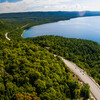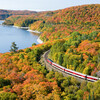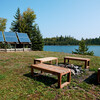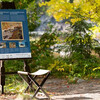
Northern Ontario's Ghost Towns Revealed
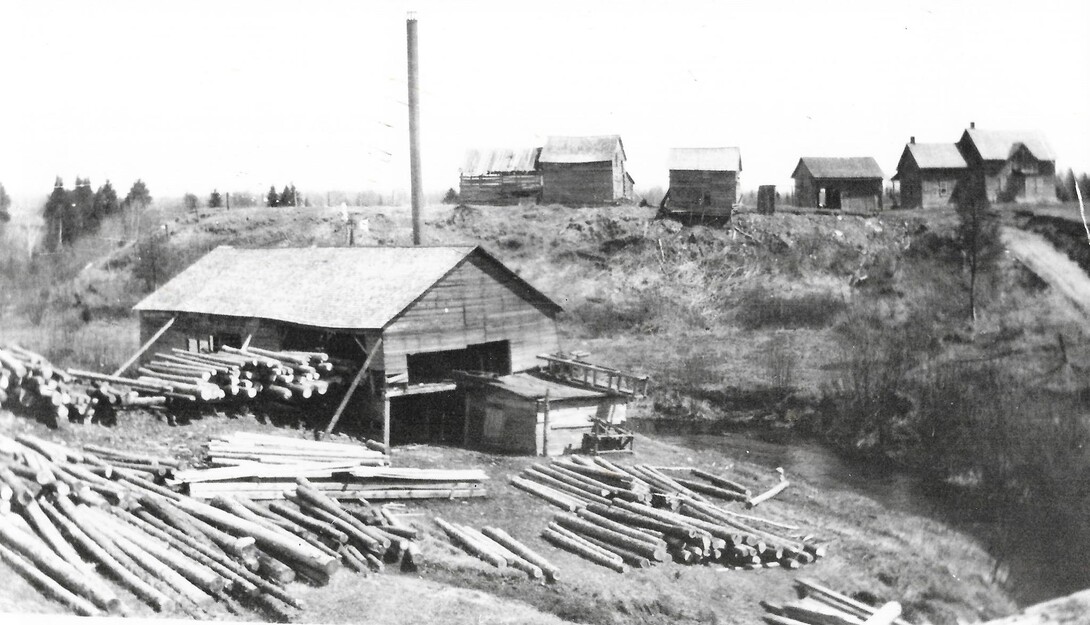
The idea of a town as a ghost is enticing. Towns have spirits, personalities, structures. When they die, as many do, more than expected, they leave their bones behind. Andrew Hind’s Ghost Towns of Ontario’s Cottage Country (Dundurn Press, 2023) is not interested in the bones so much as the stories of thirteen “unsuccessful towns” across the Ontario region loosely known as cottage country. Whether you’re exploring a new-to-you area at a cottage or imagining the past of a place where you’ve always lived, learning about ghost towns is a satisfying route.
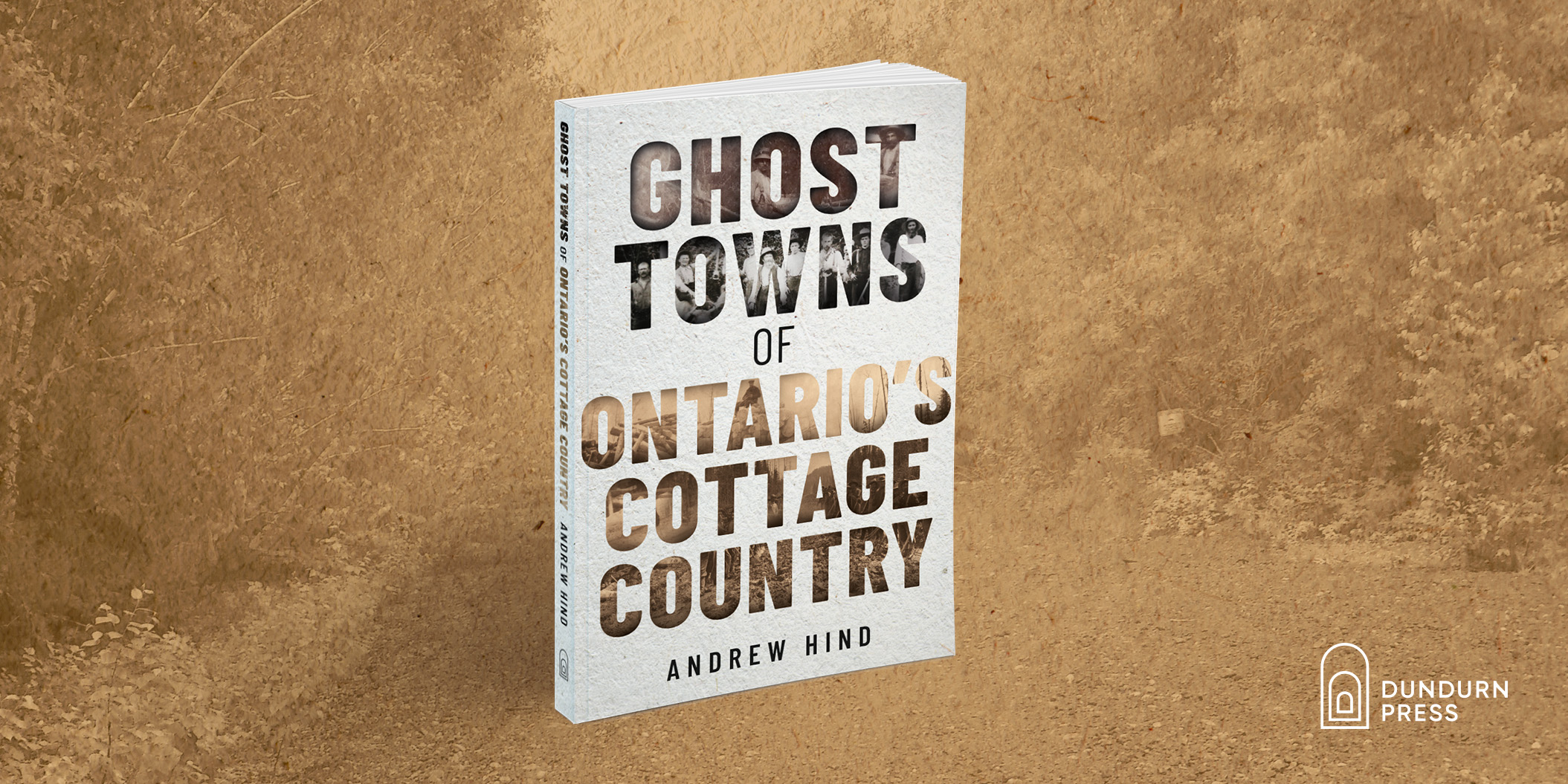
Stories of Settlers' Grit, Determination, Vision
In his introduction, Hind confesses to a lifelong obsession with faded communities and a mission to collect the dramatic tales of villages survived only by buildings and foundations. While Hind nods here to the experiences of the Anishinaabeg and Nipissing First Nations on these lands, Ghost Towns of Ontario’s Cottage Country prefers to lean into the details of Ontario’s expansion and colonization of the land. Sharing stories of settlers whose grit, determination, vision and sheer bloody-mindedness (not to mention their taste for the free parcels of land the government offered to anyone willing to cultivate it) forged these towns, which peaked in the 19th and early 20th century then declined.
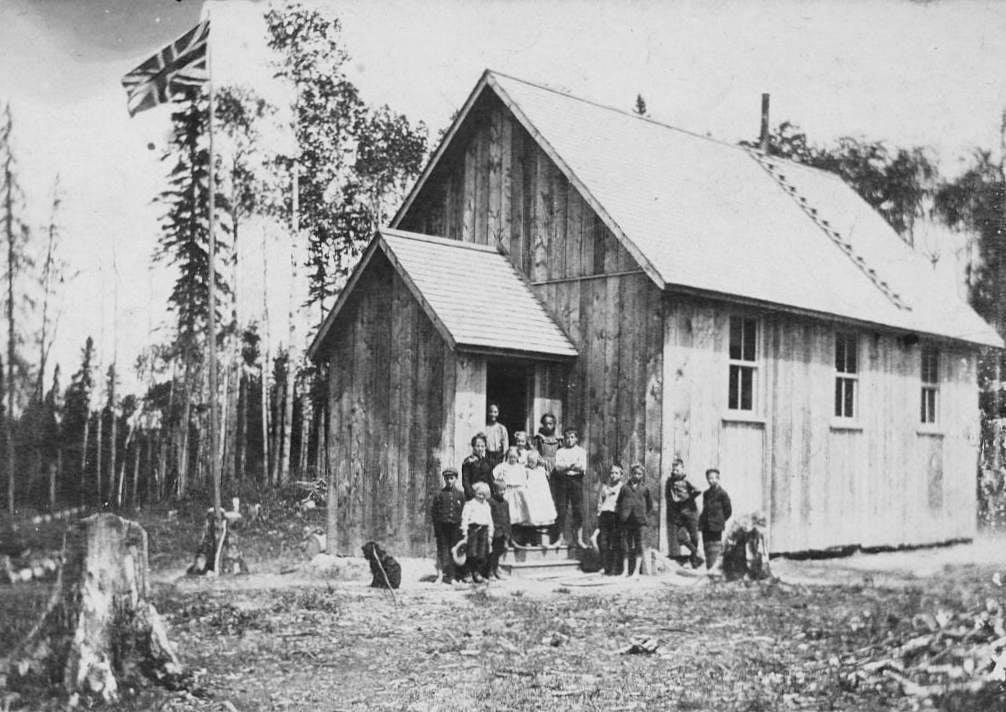
First-hand recollections like those Dan Jarvis shared with the Little Claybelt Homesteaders Museum in 2020 fuel nostalgia. Recalling growing up in 1930s Spence, a ghost town midway between present-day Algonquin Park and Georgian Bay, Merv Brown says “[His] dad, John, like most young boys at that time…at age 13, left home to drive a team of horses in a lumber camp.” As my own grandfather, Fred Cooper, drove a team of horses in a lumber camp in the area in the first half of the 20th century, I find such memories enlivening, a glimpse into the challenges of my ancestors’ lives.
The Towns that Lumber Built
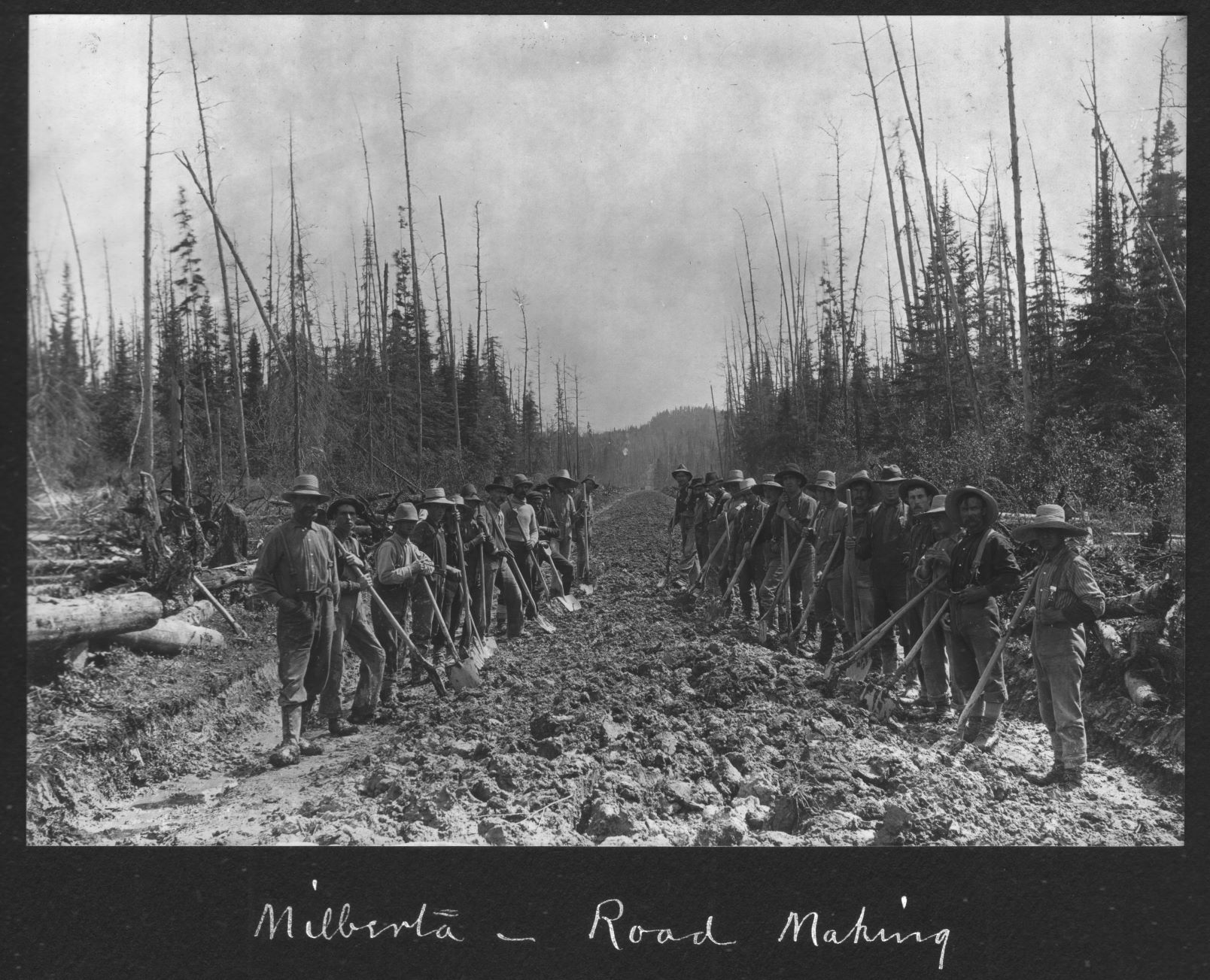
Also fascinating is reading about the industries built up in each town, especially those around lumber, and how a key aspect of a town’s success was its possession of a schoolhouse and a post office. Receiving a post office from the government was a mark that a town was thriving. The removal of the post office often signalled a town’s last breath.
Of particular interest are the common reasons a town dies, as Hind puts it, through “a slow sagging of fortunes” (25). Fire was a huge factor as was being left off the path of a railway. Centralized schooling was another sign that a town was nearing its end as was people moving away because the hundreds of acres of free land gobbled up by their ancestors proved too stony and sandy to farm adequately and the isolation became overwhelming.
Unluckiness and tragedy abounded: fires, illness, hunting accidents to name some, but people persisted. One story that stands out is the tale of Falkenburg Junction, spurned by the Northern and Pacific Junction Railway when it built a station three kilometres to the south and called it Falkenburg Station. In a clever act of survival, Falkenburg Junction’s St. George’s Anglican Church “was carefully dismantled and sledded down to Falkenburg Station where it was rebuilt.”
Readers will find Ghost Towns of Ontario’s Cottage Country user friendly, each town’s journey told like a story with a focus on noteworthy settlers like William Arthur White of Whitehall, who along with his sons, “chose a lot in Concession 11 to homestead. The men spent the next two years building a cabin of pine logs, clearing land, and working spring through autumn.” White’s three eldest sons claimed their own nearby plots as did his wife. One son, Arthur White, built a public hall on his property around 1885, earning the settlement its name.
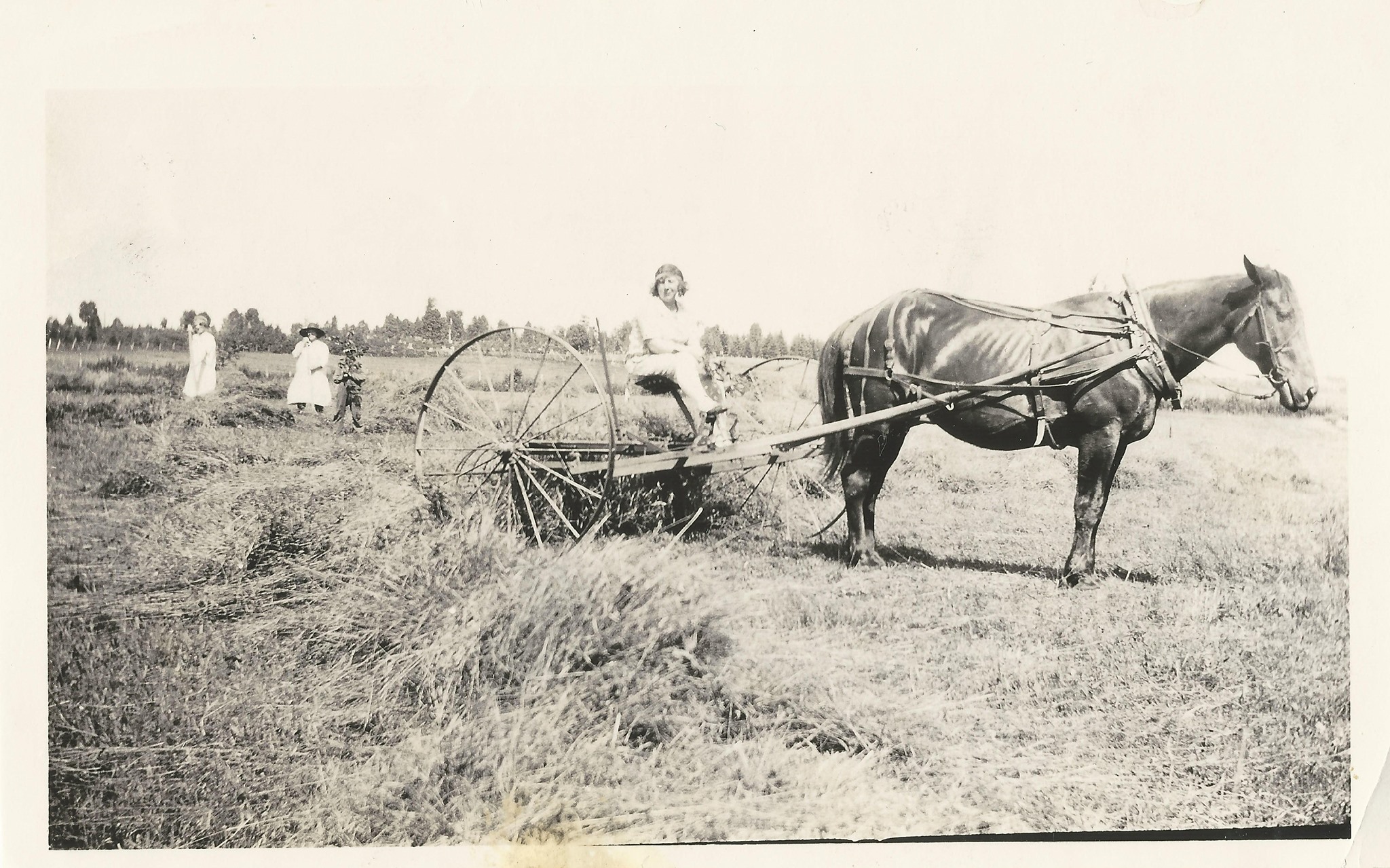
Andrew Hind’s clear and entertaining way of weaving tales into the larger fabric of a ghost town’s trajectory make Ghost Towns of Ontario’s Cottage Country a seamless read. To add to its user-friendly presentation, photographs of buildings and people pepper the book. Each chapter ends with a handy box describing how to find the remnants of each ghost town—a novel idea for those looking for Northern Ontario day trips.
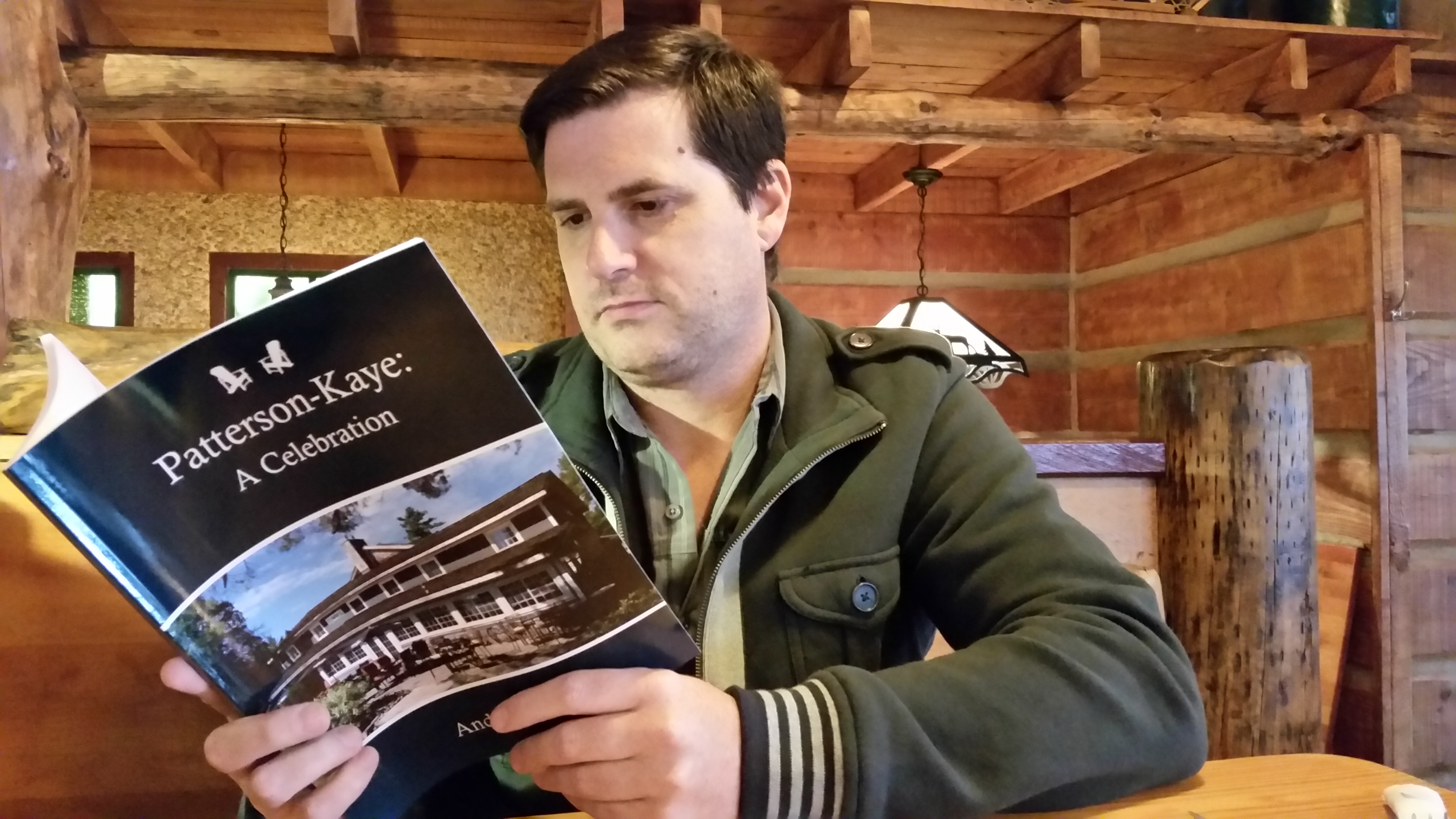
Recommended Articles
Northern Ontario’s Most Unique Stays

U-Pick Berries and Fruit in Northern Ontario

The Best Ice Cream in Northern Ontario: Where to Go This Summer

Fueling the Adventure: A Sweet Butter Tart Road Trip Through Northern Ontario

Top 10 Things To Do in Northern Ontario
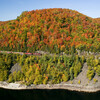
See the Leaves Change: Fall Colour Report Ontario 2025

7 Amazing Northern Ontario Islands You Must Visit

The Agawa Rock Pictographs

6 Dark Sky Preserves in Ontario

Best Vinyl Record Stores Ontario (That aren't in the GTA)

The World's Smallest Record Store Is Not Where You'd Expect
The Northern Ontario Beer Trail: 8 Essential Stops For Beer Lovers

12 Times TikTok Was So Northern Ontario

7 Species Worth Fishing for in Ontario

10 Sights To See By Motorcycle In Northern Ontario

A Road Trip to Red Lake

The Eagle

Pride Events in Northern Ontario 2025

How to Book a Campsite in Ontario

9 Films About Northern Ontario You Have To Watch

7 Stompin’ Tom Connors Songs About Northern Ontario
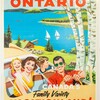
17 Amazing (and Random) Vintage Ontario Tourism Ads That Will Definitely Make You Want to Travel This Summer
